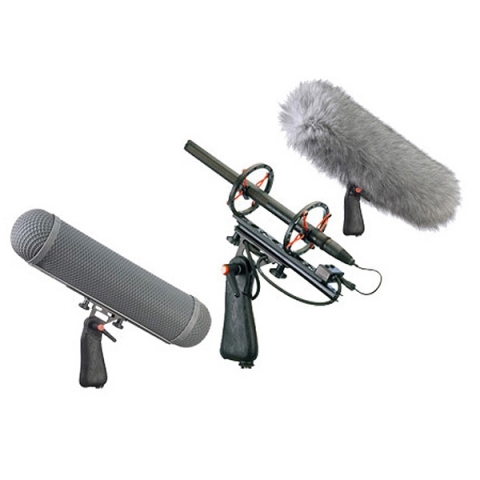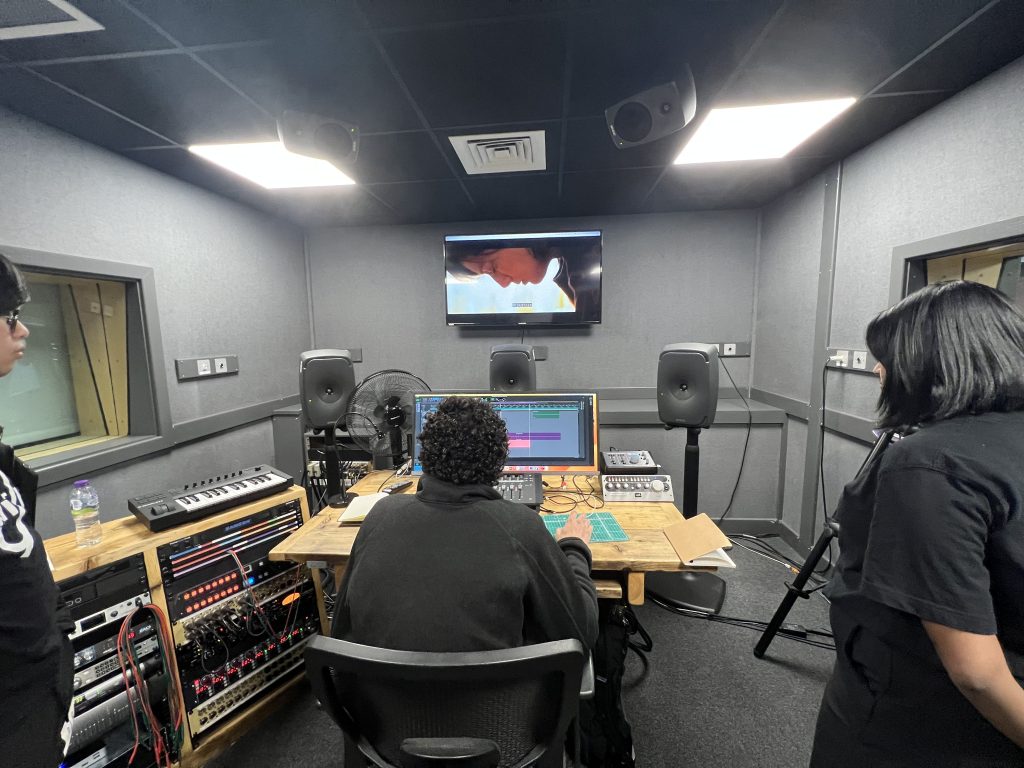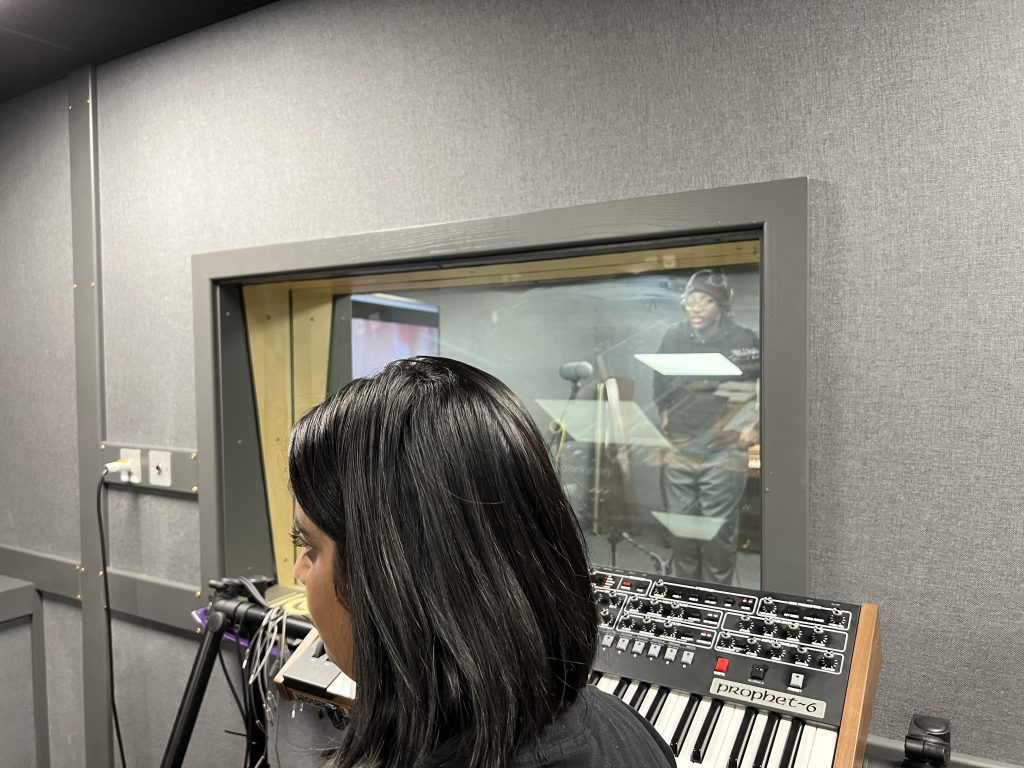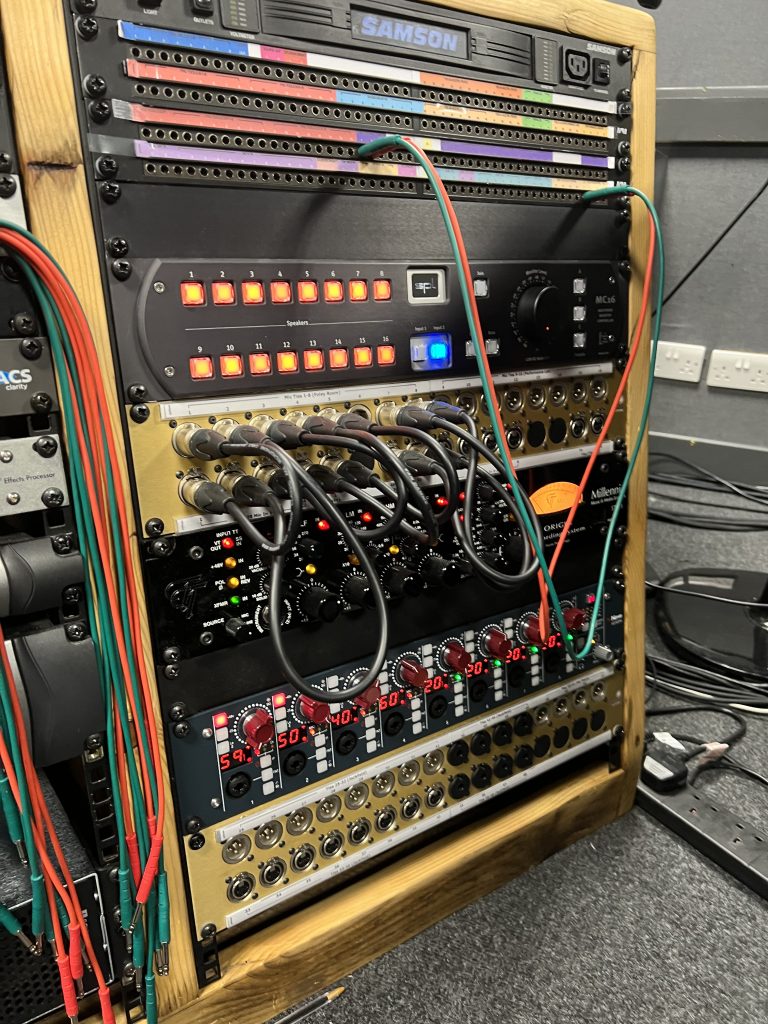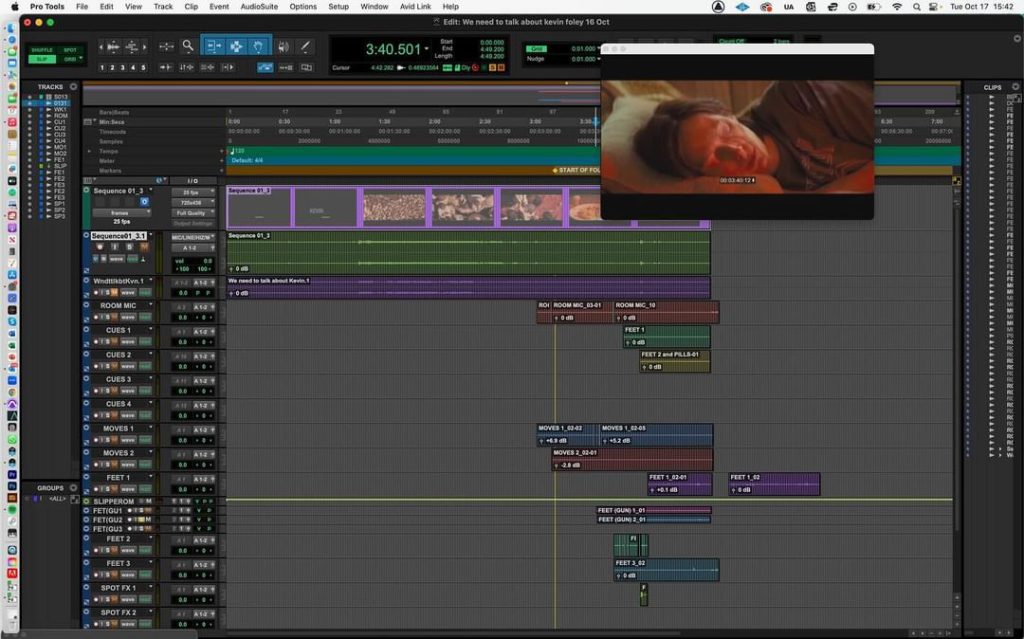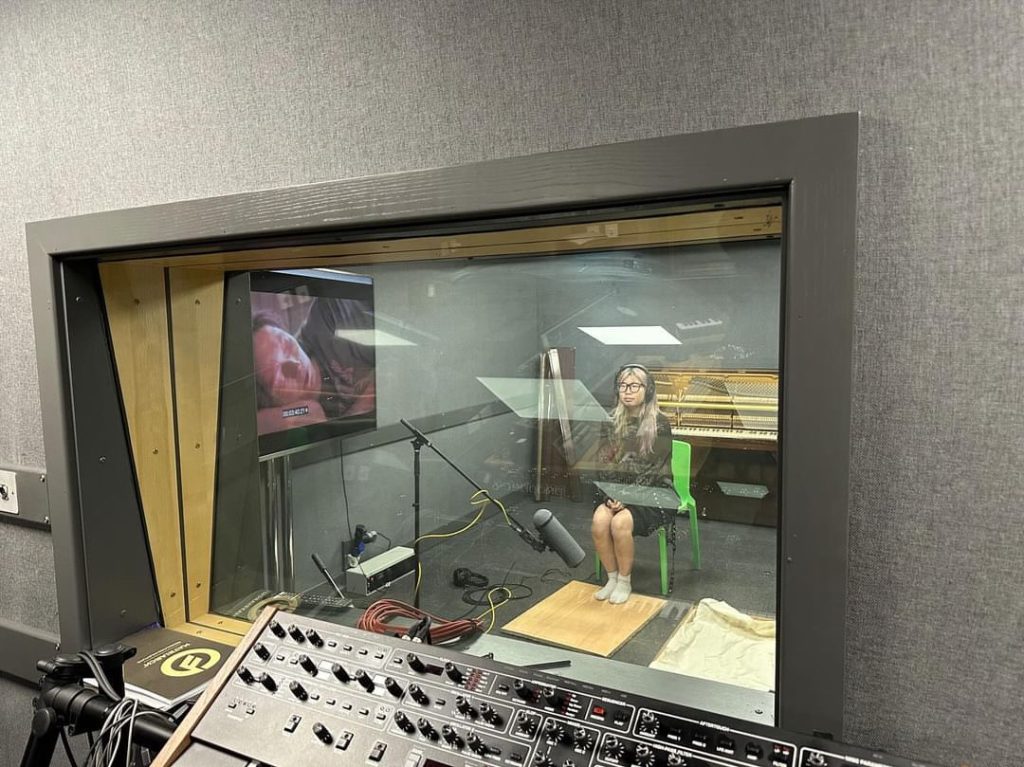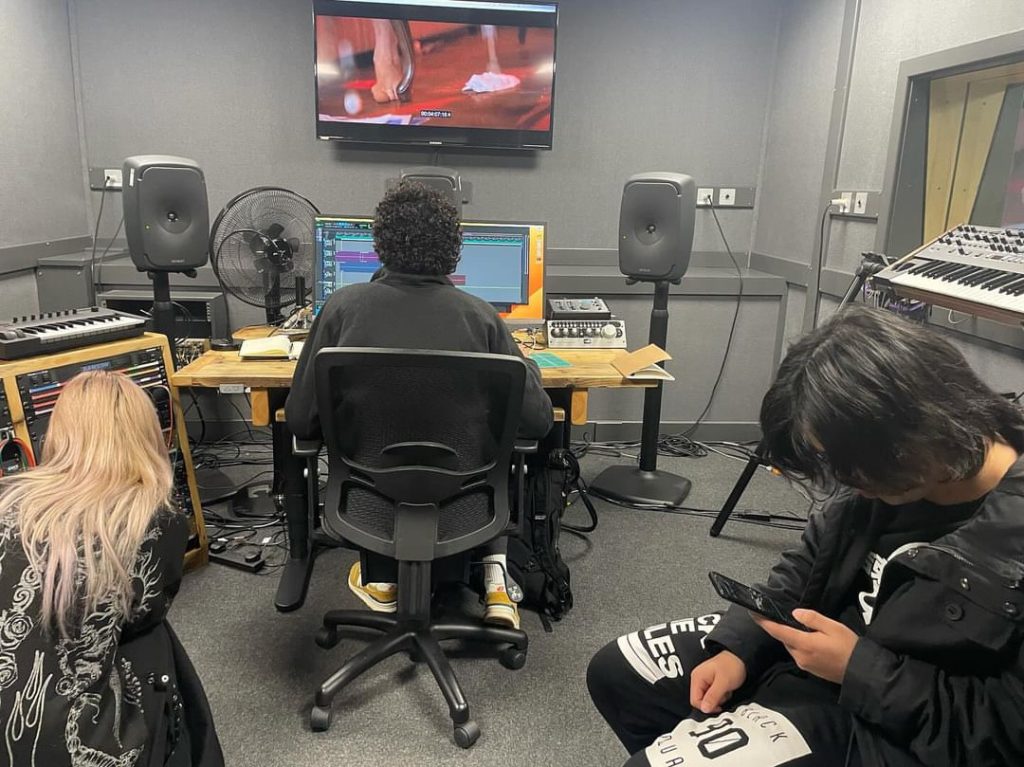Through my practice of sound imitation exercises, I’ve come to realize that different microphones and various positioning methods can yield vastly different recording results. When recording footsteps, consider a scenario where the leading actress on screen is dressed in a nightgown and shorts, which should ideally produce no clothing friction noise as she walks. However, I’ve noticed that during the recording process, it’s surprisingly easy to inadvertently capture the sound of clothing friction. To mitigate this issue, I propose that she wears shorts or a skirt while recording to prevent unwanted clothing friction sounds from being mixed in with the sound of footsteps.
In another instance, where the lead character goes from walking barefoot on the floor to putting on slippers, we can simulate the sound of her putting on slippers by using a piece of cloth (if slippers are not readily available). Additionally, when mimicking the sound of a pill bottle being knocked over and its contents spilling out, we can find that the bottle is made of plastic and is relatively small. Therefore, the sound produced upon impact won’t be particularly loud. I think we can use the microphone’s positioning and post-production equalization to finesse this sound. To replicate the sound of pills falling from the bottle to the ground, we should also consider factors such as the type of surface (whether it’s carpet or some other flooring material), the weight of the pills, and the resulting sound. My recommendation is to record each of these sound elements separately and then piece them together in post-production.
In my view, sound design should serve as a means to immerse the audience in the perspective of the characters on screen and create an atmospheric environment. However, the sounds we capture may not always match our intended soundscape. For example, the raw sound of footsteps may not perfectly resemble actual footsteps. This is where our creativity comes into play. We must adjust our techniques and incorporate effects to ensure that the sound aligns with the on-screen narrative or the ambiance we aim to convey to the audience.
Sound design and foley require substantial practice and experience. I am committed to further honing my skills in this field.

